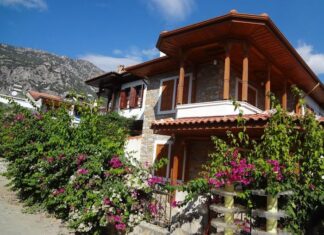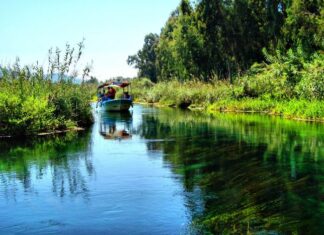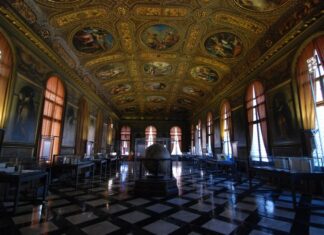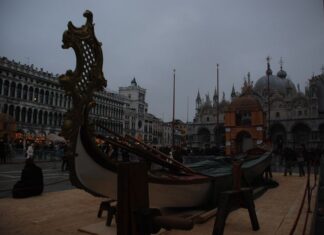Home Blog
Bulgaria and the Bulgarians
Early Observations of the Nation
Forty-three years ago, M. Cyprien Robert wrote about the Bulgarians: “On the confines of Europe, there vegetates, enslaved and forlorn,...
The Broken Serbo-Bulgarian Treaty of 1912
The Limits of Peace for Nations
The history of the broken treaty between Serbia and Bulgaria in 1912 is a clear example of how promises...
The Broken Promises in the Balkans
A Harsh New Rule
The rule of the so-called “deliverers” of Macedonia has often been more oppressive than that of the Turks. Their main purpose...
Michael IV part 7
14. It has often been a cause of surprise to me, when I have sat with him at banquets, to observe how a man,...
King Michael’s First Reign
A Modern Reformer
Michael, a member of the Obrenovitch family, became King of Servia and proved to be a wise and progressive leader. He was...
Karageorge Builds a New Servia
After successfully driving out the Turks, Karageorge (Black George) established a liberal monarchy in Servia. He knew that he lacked formal education and experience,...
Understanding the Political Situation in Servia
To understand the current political situation in Servia (now known as Serbia), we need to look back at the country’s history. Servia has long...
Protestant Missionaries in Bulgaria
The Work of Missionaries
Protestant missionaries from the United States have been active in Bulgaria ever since the country gained its independence. The missionary work...
Philippopolis a Historic and Vibrant City
A City Founded by Philip of Macedon
Philippopolis is the second-largest and second-most important city in Bulgaria. It has a long and exciting history. The...
Fruit and Agriculture in Bulgaria
Bountiful Fruits and Vegetables
Bulgaria is known for its plentiful fruits. In the valleys, there are many vineyards that produce excellent wine. The country grows...













